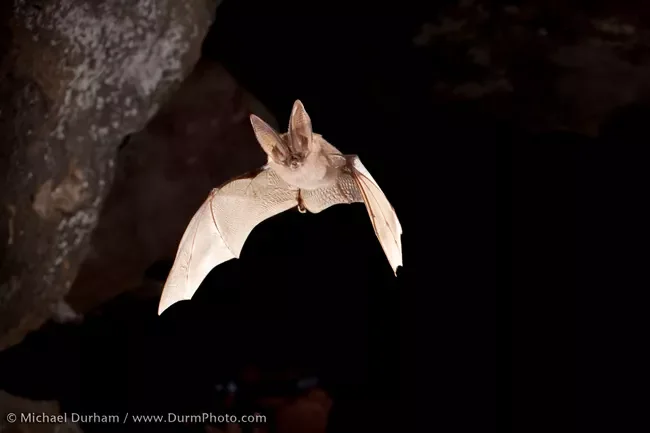Flying under the radar: Celebrating and protecting Idaho’s bats
From Batman to Dracula, bats appear in all types of human stories across the world. Unfortunately, these critters often get a bad rap – from biting to bloodsucking, bats have an undeserved reputation as spreaders of disease. But as you decorate your porch or home with their plastic counterparts to celebrate Halloween this year, it’s also the perfect opportunity to celebrate bats and all they do for our environment – October is Bat Appreciation Month, and October 24-31 is International Bat Week!Bat Week is designed to raise awareness about the threats to bats and how we can help them. Although bats may be “out of sight, out of mind” for many, they are hard at work all around the world every night – doing much good for our environment.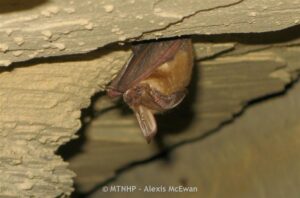
Batty about bats: How they help us
Bats are some of the most diverse, ecologically important animals in the world. Across the globe, bats control mosquitoes and other pests, and are prolific pollinators and seed distributors. A single bat can eat up to its body weight in insects each night. Eating all these insects benefits people, forests, and agriculture alike – saving farmers and forest managers billions of dollars each year. Bats have been estimated to provide over $22 billion worth of insect control for U.S. farmers each year, proving their vital contribution to our economy.While most bat species feed primarily on insects, others are carnivorous, eating rodents, fish, and frogs. There are also bats that eat pollen, nectar, or fruit – pollinating flowers and spreading seeds to grow new plants and food. Many of our favorite foods are also connected to bats – just check out this cookbook full of recipes using ingredients made possible by bats!From our food to our future, bats have also helped us make strides in technology. They’ve served as important models in medical research, including blood coagulation and circulation, vaccine development, and other medical treatments. The structure of bat wings has even been studied to better understand flight aerodynamics. Along with their contributions to human knowledge, bats are important to the maintenance of healthy ecosystems. Due to their longevity and sensitivity to environmental changes, they are indicators of ecosystem health – helping humans understand how other organisms are faring in the face of threats. 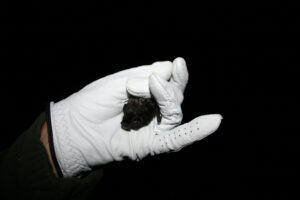
In the dark: Threats to bats
Unfortunately, bats face many threats – especially North American bats. More than half of all bat species in the U.S. are severely declining or endangered due to a slew of threats, including habitat loss, human development, pesticide use, climate change, and white-nose syndrome.White-nose syndrome (WNS), a deadly fungal disease, has killed more than six million bats in the U.S. and Canada in just eight years. Some areas have seen bat declines of up to 90 to 100 percent due to WNS. First discovered in a single cave in New York in 2006, the deadly disease has hopscotched across the country. In 2022, it was detected for the first time in three Idaho bat species in Minnetonka Cave. In October 2024, in collaboration with the National Wildlife Health Center and Caribou-Targhee National Forest, Idaho Fish and Game did a round of WNS vaccination at Minnetonka Cave.WNS is named for the telltale white fuzzy growth on the nose, ears, and wings of infected bats. The disease rouses bats from hibernation, causing them to consume their winter fat stores, and starve before spring. The disease is causing massive population die-offs for multiple hibernating bat species, resulting in one of the most significant wildlife losses in the past century. 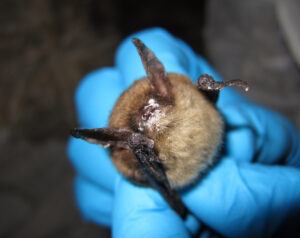 The fungus is transmitted primarily from bat to bat but can also spread when the spores of the WNS fungus remain on the clothes and gear of recreational cavers and bat researchers. That’s why it’s important to decontaminate before and after visiting caves.There’s still a lot we don’t know about WNS. While it does not affect humans or any other animals, scientists are working to determine the conditions that contribute to a bat’s susceptibility and for potential treatments or cures.Alternative energy projects – particularly wind energy – also pose long-term risks to bat populations. Most mortality occurs during migration and mating periods (summer and fall), and indications are that some species are actually attracted to turbines. This makes the consideration of wind turbines a critical step in ensuring development has minimal impact to bats and birds. Finding innovative solutions can reduce bat fatalities while continuing our push toward clean energy to reduce carbon emissions in the fight against climate change, and more research is being done on the issue.
The fungus is transmitted primarily from bat to bat but can also spread when the spores of the WNS fungus remain on the clothes and gear of recreational cavers and bat researchers. That’s why it’s important to decontaminate before and after visiting caves.There’s still a lot we don’t know about WNS. While it does not affect humans or any other animals, scientists are working to determine the conditions that contribute to a bat’s susceptibility and for potential treatments or cures.Alternative energy projects – particularly wind energy – also pose long-term risks to bat populations. Most mortality occurs during migration and mating periods (summer and fall), and indications are that some species are actually attracted to turbines. This makes the consideration of wind turbines a critical step in ensuring development has minimal impact to bats and birds. Finding innovative solutions can reduce bat fatalities while continuing our push toward clean energy to reduce carbon emissions in the fight against climate change, and more research is being done on the issue.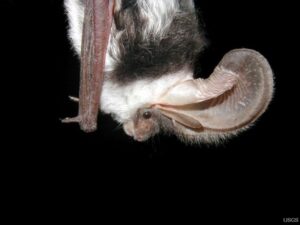
How can you help
Along with decontaminating before and after exploring caves, there are many other ways you can help bats. Start at Home! Plant a garden for food and flowers that attract insects, nectar, or fruits to feed bats. Install a water feature like a birdbath to provide drinking water for bats, but be sure to keep it clean and filled to deter mosquitoes. Turn off the lights at night – since light pollution affects insect populations, it can disrupt bats as they migrate. You can also try building a bat box to encourage bats into safe areas where there are few roosting sites.Volunteer! Participate in citizen science projects to help monitor bats and bat habitats. Join a clean up or pull invasive plants on your own. Volunteer your time to collect data and raise public awareness about all bats do for us.Become a Wildlife Advocate! Idaho’s wildlife can’t speak up for themselves—but you can! Sign up for ICL’s Wildlife Program updates to stay updated on issues impacting Idaho’s wildlife and for opportunities to help protect our wild critters.

